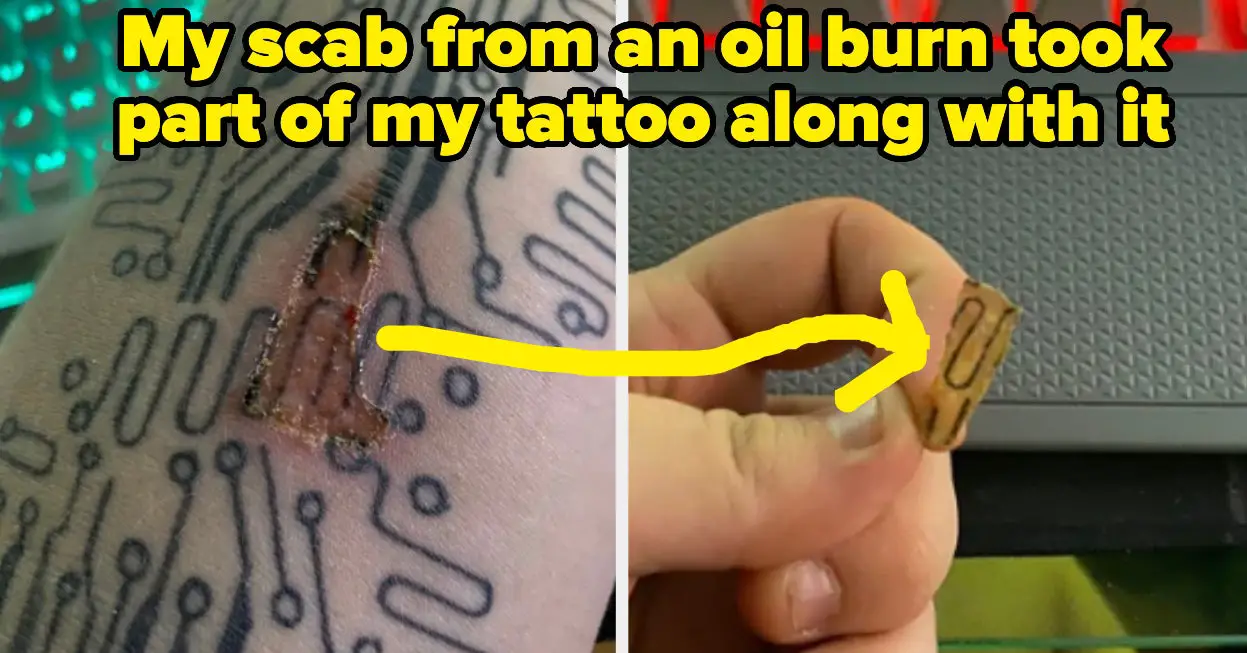Affiliate marketing is one of the most effective ways to make money online. By promoting other people’s products and earning a commission for every sale made through your referral, you can build a profitable website that generates passive income.
Building a successful affiliate marketing website involves several crucial steps, from choosing the right niche to driving traffic and optimizing performance. In this article, we’ll cover all the essential aspects to help you master affiliate marketing and build a website that succeeds.
What Is Affiliate Marketing?
It’s a performance-based marketing strategy where you earn a commission by promoting services or products of other companies. You become an affiliate by joining affiliate programs and promoting their products through special affiliate links.
When someone clicks on your provided link and makes a purchase, you earn a commission. This marketing method benefits both the affiliate and the merchant, as it increases sales for the merchant and provides a revenue stream for the affiliate.
The benefits of affiliate marketing are numerous. It requires low startup costs, offers flexibility to work from anywhere, and has the potential for high earnings. Plus, you don’t have to worry about product creation, inventory, or customer service, allowing you to focus on marketing and content creation.
How to Build a Profitable Website?
You need to go through the following steps to build a successful affiliate marketing website:
Choose Your Niche
Choosing the right niche is a necessary and important first step in building a successful affiliate marketing website. A niche is a particular segment of the market that you target with your content and promotions. The importance of choosing a profitable niche cannot be overstated, as it determines your audience and potential earnings.
To find a good niche, consider your interests and expertise. Look for areas where you can provide value and have a genuine passion. Use tools like Google Trends, Keyword Planner, and niche-specific forums to identify trending topics and high-demand areas. Ensure there’s enough demand for the products you plan to promote and that the niche isn’t overly saturated with competition.
Building Your Website
Once you’ve chosen your niche, it’s time to build your website. Here are the key steps:
Select a Domain Name: Your domain name is your website’s address on the internet. Choose a domain name that is unique, memorable, easy to spell, and relevant to your niche. A good domain name helps with branding and SEO, making it easier for people to find your site.
Choose a Hosting Provider: Choose a reliable WordPress hosting provider that makes sure your website is always accessible and performs well. Look for hosting services with good uptime, fast loading speeds, and excellent customer support.
Set Up WordPress: WordPress is a user-friendly platform for building websites. Most hosting providers offer easy WordPress installation. Once installed, configure basic settings like your site’s title, tagline, and permalinks to improve SEO.
Design Your Website: A user-friendly design is crucial for keeping visitors engaged. Choose a clean, responsive WordPress theme that looks good on all devices. Customize your site’s theme to match your brand and install essential plugins for SEO, security, and performance.
Create Quality Content
Creating high-quality content is the backbone of your affiliate marketing website. Here’s how to create content that attracts and converts visitors:
- Understanding Your Audience: Knowing your target audience helps you create content that resonates with them. Conduct research to understand their particular needs, preferences, and pain points. Use this information to design your content to their interests.
- Keyword Research: Keyword research helps you identify terms and phrases your audience is searching for. Use tools like Ahrefs, SEMrush, and Google Keyword Planner to find high-traffic, low-competition keywords. Incorporate these keywords naturally into your content.
- Write SEO-Friendly Content: SEO-friendly content ranks higher in SERPs, driving more traffic to your site. Write engaging, valuable content that addresses your audience’s questions and needs. Follow on-page SEO best approaches, such as using headings, meta descriptions, and internal links.
Moreover, diversify your content to keep your audience interested and drive more conversions. Some effective content types include product reviews, comparison articles, how-to guides, and listicles. Each type serves a different purpose and appeals to various segments of your audience.
Promote Affiliate Products
Promotion is key to earning commissions. Here are some strategies:
First, find and join affiliate programs relevant to your niche. Look for programs with good reputations, competitive commissions, and quality products. Top affiliate networks like Amazon Associates, CJ Affiliate, and ShareASale provide a wide range of products to promote.
Then, use affiliate links strategically in your content. Place them naturally within product reviews, tutorials, and recommendations. Use link cloaking tools to shorten and manage your links, making them more appealing to click.
Furthermore, you need to create effective calls-to-action. Strong calls-to-action (CTAs) encourage visitors to click on your affiliate links. Use clear, compelling CTAs that tell readers what to do next, such as “Buy Now,” “Learn More,” or “Get Started.”
Drive Traffic to Your Website
Traffic is essential for affiliate marketing success. Here are ways to drive more visitors to your site:
- Implement both on-page and off-page SEO strategies. On-page SEO includes optimizing your content and meta tags, while off-page SEO involves building backlinks from other reputable sites. High-quality backlinks improve your site’s authority and search rankings.
- Promote your content on various social media platforms such as Facebook, Twitter/X, Instagram, and Pinterest. Share useful information, interact with your potential audience, and utilize hashtags to boost visibility. Social media can generate substantial traffic and help build a dedicated following.
- Develop an email list to keep your target audience engaged and informed. Provide valuable content and exclusive offers to motivate sign-ups. Send regular newsletters featuring updates, promotions, and new content to encourage visits to your site.
- Consider utilizing paid advertisements to expand your reach. Pay-per-click (PPC) ads on Google and social media ads on Facebook and Instagram can attract targeted traffic to your site. Craft engaging ad copy and use targeting features to connect with your ideal audience.
Analyze and Optimizing Performance
Regular analysis and optimization are crucial for long-term success. Here’s how to do it:
Using Analytics Tools: Set up Google Analytics to track your website’s performance. Monitor key metrics like traffic sources, bounce rates, and conversion rates to understand how users or visitors interact with your site.
A/B Testing: A/B testing helps you determine what things work best for your audience. Test different headlines, CTAs, and content layouts to see which versions perform better. Use the results to optimize your content and improve conversion rates.
Optimizing Conversion Rates: Improve your website’s user experience to increase conversions. Simplify navigation, reduce loading times, and ensure your site is mobile-friendly. Regularly revise your content to keep it fresh and relevant.
Scale Your Affiliate Marketing Business
Once you monetize your website and your affiliate marketing business grows, consider these strategies to scale up:
- Create more in-depth and diverse content to attract a broader audience. Explore new niches related to your primary niche to tap into additional markets.
- Approach brands for direct partnerships. Negotiate better commission rates and exclusive deals. Making long-term relationships with brands can lead to more opportunities and higher earnings.
- As your business grows, consider outsourcing tasks like content creation, social media management, and SEO. Use automation tools to simplify processes and save time.
Conclusion
Building a profitable affiliate marketing website requires dedication and strategic planning. By following these steps—choosing a niche, building a website, creating high-quality content, promoting products, driving traffic, analyzing performance, and scaling your business—you can achieve success in affiliate marketing. Start implementing the above-mentioned strategies today and watch your website grow and thrive.











Leave a Reply